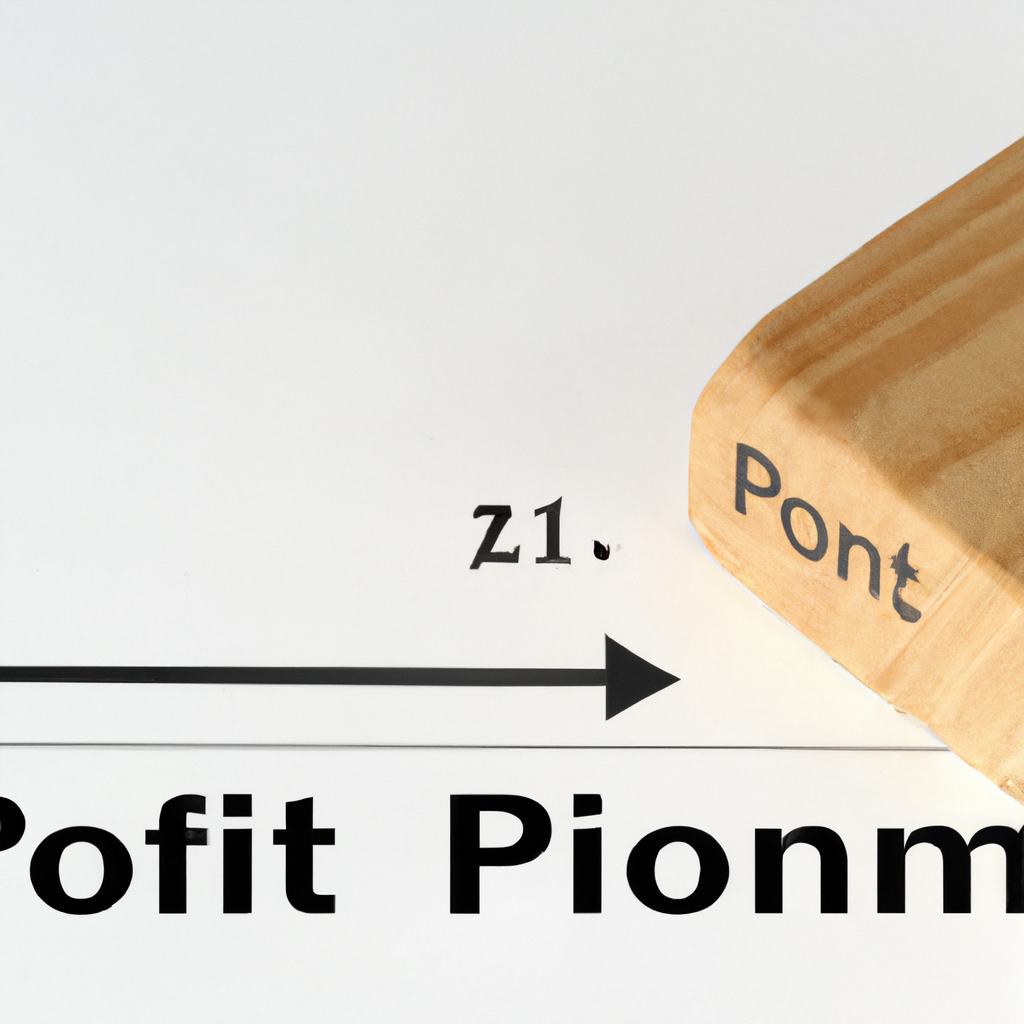Pivot Point Calculations
Introduction
Pivot points are widely used by traders and investors to determine potential support and resistance levels in financial markets. These levels can help identify key turning points and assist in making informed trading decisions. In this article, we will explore the concept of pivot point calculations and how they are derived.
What are Pivot Points?
Pivot points are technical indicators that are calculated based on the previous day’s price action. They provide traders with potential levels of support and resistance for the current trading session. These levels are particularly useful in determining entry and exit points for trades.
Calculating Pivot Points
Pivot points are calculated using a simple formula that takes into account the high, low, and close prices from the previous trading session. The most commonly used method for calculating pivot points is the Standard Pivot Point formula. Here are the steps involved:
Step 1: Determine the Pivot Point
The pivot point is calculated by adding the high, low, and close prices from the previous day and dividing the sum by three. The formula for the pivot point is as follows:
Pivot Point = (High + Low + Close) / 3
Step 2: Calculate Support and Resistance Levels
Once the pivot point is determined, the next step is to calculate the support and resistance levels. The most commonly used levels are the first support and resistance levels, often referred to as S1 and R1, respectively.
To calculate S1, multiply the pivot point by 2 and subtract the previous day’s high:
S1 = (Pivot Point x 2) – High
To calculate R1, multiply the pivot point by 2 and subtract the previous day’s low:
R1 = (Pivot Point x 2) – Low
Step 3: Calculate Additional Levels
In addition to the first support and resistance levels, traders often calculate additional levels for further guidance. These levels can include S2, S3, R2, and R3.
To calculate S2, subtract the previous day’s high from the previous day’s low and add it to the pivot point:
S2 = Pivot Point – (High – Low)
To calculate S3, subtract two times the previous day’s high from the previous day’s low and add it to the pivot point:
S3 = Low – 2(High – Pivot Point)
To calculate R2, add the previous day’s high to the previous day’s low and subtract it from the pivot point:
R2 = Pivot Point + (High – Low)
To calculate R3, add two times the previous day’s high to the previous day’s low and subtract it from the pivot point:
R3 = High + 2(Pivot Point – Low)
Using Pivot Points in Trading
Traders use pivot points as a tool to identify potential support and resistance levels. When the price approaches these levels, it is common for traders to observe the market’s reaction. If the price bounces off a support level, it may be an indication to enter a long position. Conversely, if the price fails to break through a resistance level, it may be a signal to enter a short position.
Pivot points can also be used in conjunction with other technical indicators and chart patterns to confirm trading signals. It is important to note that pivot points should not be used in isolation but rather as part of a comprehensive trading strategy.
Conclusion
Pivot point calculations provide traders and investors with valuable information about potential support and resistance levels in financial markets. By understanding how to calculate and interpret these levels, traders can enhance their decision-making process and improve their trading outcomes. Remember to always use pivot points in conjunction with other technical analysis tools for a well-rounded trading strategy.
